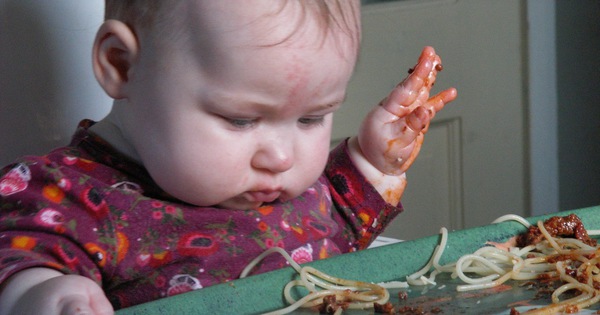Syringe feeding baby bearded dragon
Syringe Feeding A Bearded Dragon
Table of Contents
Can I Syringe Feed My Bearded Dragon?
We get asked this question quite a lot when bearded dragons won’t eat. Should I be syringe feeding a bearded dragon?
If you’re asking us this question the answer is a resounding no, you should not syringe feed your bearded dragon. The question is more accurately phrased as ‘can I force feed my bearded dragon?‘ which suddenly doesn’t sound as nice and friendly at all does it? Read on for why you shouldn’t just force feed your bearded dragon.
Why Should I Not Syringe Feed My Bearded Dragon?
Syringe feeding should ONLY be undertaken under the advice of a vet.
This is probably contrary to the information you’ll see on other bearded dragon websites where they advocate syringe feeding bearded dragons for a variety of reasons, such as them not having eaten for a few days, or if you believe your bearded dragon is in danger of being dehydrated.
Bearded dragons should only ever be syringe fed if they’re extremely sick. And an extremely sick bearded dragon absolutely requires a veterinary assessment before arriving at the conclusion that he/she requires syringe feeding.
Syringe feeding can make your bearded dragon even sicker than they originally were.
What Are The Dangers of Syringe Feeding A Bearded Dragon?
There are many dangers with syringe feeding a bearded dragon. Here’s a few of them;
Masking Of An Underlying Illness
We sort of addressed this one above, but the biggest reason for not simply deciding to syringe feed your bearded dragon is really that if you think they’re sick enough to warrant force feeding then they’re definitely sick enough to need to see a vet first.
The vet might advise you to syringe feed them after a consultation and that’s of course then perfectly fine because it’s warranted. The vet will give you advice on what to feed them, how often, how much and how to do it. We’ll give some guidance on this below but it should only be used if you’ve seen a vet and you’re still unsure how to go about it.
We’ll give some guidance on this below but it should only be used if you’ve seen a vet and you’re still unsure how to go about it.
Aspiration of Syringe Liquids
Bearded dragons can aspirate on fluids very easily. Aspiration is the term used to describe the process of breathing fluids instead of swallowing them. Bearded dragons are reptiles and are therefore designed to breath air into the lungs which is then absorbed into the bloodstream.
Bearded dragons cannot breathe fluids. Fluids will fill up a bearded dragons lungs and they will have reduced surface area for gas exchange. In severe cases this will essentially cause them to drown. In less severe cases it will still cause respiratory distress due to the reduce gas exchange capability.
Aspiration of water or liquid foods also provides a perfect breeding ground for pathogens such as fungi or bacteria and this of course leads to respiratory infection and/or pneumonia. Bearded dragons do not have a diaphragm to assist them with breathing, or more importantly coughing.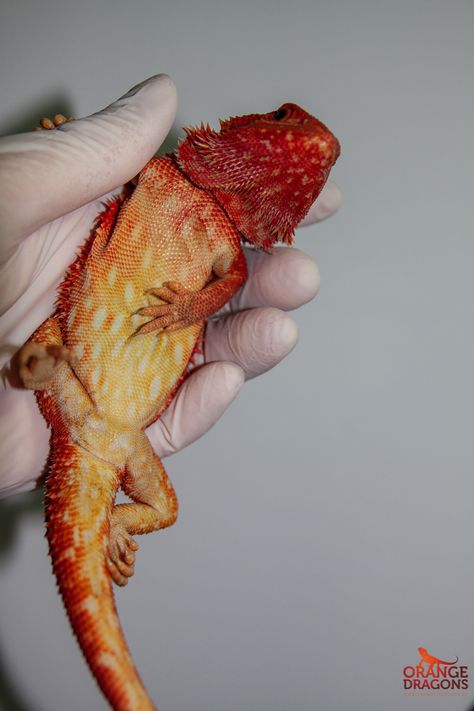 It’s therefore very difficult for a bearded dragon to expel any liquid that they aspirate.
It’s therefore very difficult for a bearded dragon to expel any liquid that they aspirate.
Ingestion Of Plastic
It’s very common for a bearded dragon to bite the end of the syringe when being syringe fed. If you are force feeding a bearded dragon you’ll need to be extremely careful to ensure they cannot bite the plastic tip off of the syringe, as doing so could lead to internal trauma.
Depending on the size of the syringe tip, it may become lodged inside the bearded dragon’s intestinal system causing impaction. If it has sharp enough edges it could cause sufficient trauma to cause internal bleeding which can of course lead to death.
Mouth or Gum Trauma
We often see pictures of bearded dragons who’ve been syringe fed (with no just cause) with some nasty mouth and gum trauma. This then leads to gum or mouth infections that require treatment with antibiotics or anti-fungals. Administration of antibiotics or anti-fungals of course requires further syringe feeding treatment, which leads to a vicious cycle.
Of course, as before, if you’re administering antibiotics or anti-fungals at the advice of your vet then this is a perfectly acceptable use of syringe feeding. But as before, the vet will show you how to do it and how much to administer, so the risk of mouth damage is much reduced.
Should I Syringe Feed My Bearded Dragon If They’re Dehydrated?
Again, we would recommend against this at almost all costs. There is never a good reason to syringe fluids into a bearded dragon unless you have been so advised by a specialist herpetologist vet.
Bearded dragons will generally get all the fluid they need from their diet. This can be in the form of softer bodied insects such as hornworms, locusts or crickets. Dubia roaches, whilst good for a bearded dragon in general, don’t carry quite as much water as the others. Mealworms and super worms also aren’t great if you’re thinking of rehydrating your dragon.
Insects can be gutloaded with watery vegetables first if the aim is to rehydrate your bearded dragon.
Other ways to rehydrate your bearded dragon without resorting to syringes include the use of watery vegetables in their diet if you can. Things such as capsicum (bell peppers), cucumbers or even butternut squash contain good amounts of water and can help with rehydration. They’re easily swallowed and far far less likely to be aspirated than a syringe full of water.
Our final recommendation for rehydrating a bearded dragon (and it should be noted that these are in no particular order of effectiveness in any case) is to give your bearded dragon a bath. However, it must be understood that the process of bathing a bearded dragon does not rehydrate a bearded dragon unless they drink from the bathwater. Bearded dragons do not absorb water through their cloaca or their skin. But if they drink whilst in the bath (and many do) this will help to rehydrate them.
Should I Syringe Feed My Bearded Dragon If She Won’t Eat?
If you’ve been reading the previous sections of this article you can probably predict the answer to this. No, you should not syringe feed a bearded dragon that won’t eat. At least, not without seeing a herpetologist veterinarian first. There’s a whole slew of reasons your bearded dragon may not be eating and every one of those reasons will be made a lot worse by blindly deciding to syringe feed them.
No, you should not syringe feed a bearded dragon that won’t eat. At least, not without seeing a herpetologist veterinarian first. There’s a whole slew of reasons your bearded dragon may not be eating and every one of those reasons will be made a lot worse by blindly deciding to syringe feed them.
Bearded dragons can survive quite readily for literally weeks without food. It happens all the time in the wild and they’re built for it. It is not necessary to begin syringe feeding a bearded dragon just because it hasn’t eaten for a few days, even if that is out of character for them. They may just be bored of the food you’re giving them, so before even thinking of syringe feeding, perhaps try something new in their diet.
If the lack of eating goes on for more than a few days then there may be something else going on. One of the most common causes for a bearded dragon that’s not eating is of course brumation. But brumation should never be assumed without first ruling out the other possible causes.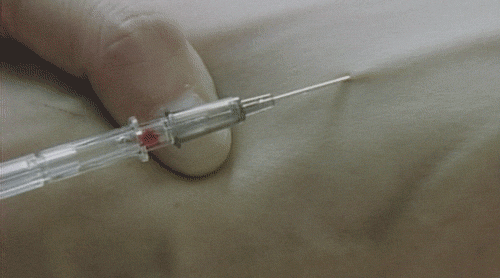 We have an article about bearded dragon not eating that can give you some pointers here.
We have an article about bearded dragon not eating that can give you some pointers here.
But again, the take home from this is that you should not begin syringe feeding your bearded dragon without veterinary advice first.
Should I Syringe Feed My Bearded Dragon If They Are Sick?
This is the only time you should be syringe feeding a bearded dragon and only then if it has been advised by the Vet. If you think your bearded dragon is sick enough to be syringe fed then it’s definitely sick enough to see a Vet first.
If you’ve experienced similar symptoms before with your bearded dragon and you know that this time is exactly the same, it could be prudent to begin syringe feeding. But it’s still worth a vet consultation if you’re not 100% certain because it may be different this time.
How To Go About Syringe Feeding A Bearded Dragon
So, if after reading all the above, you still actually do need to syringe feed a bearded dragon then it can be a bit of an art form, depending on the dragon.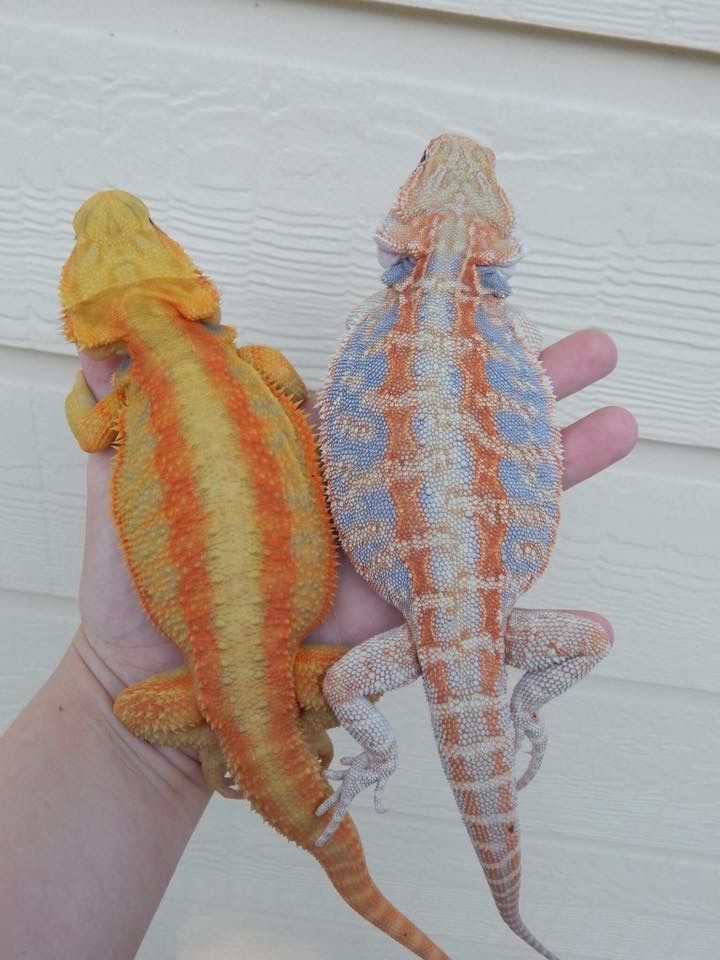
If you’ve never done it before, do not do it unless you have consulted your vet first. Internet forums, Facebook groups and even this web site are not the place to get initial advice about syringe feeding a bearded dragon. Your vet can show you how to properly hold your dragon, how to hold the syringe whilst holding your dragon and how to squeeze the plunger slowly and properly.
Holding A Bearded Dragon To Syringe Feed
When I had to syringe feed one of my bearded dragons I found the best way to hold her was as follows;
- Lay her along my forearm, with her head in my upturned palm. I used my left hand to hold her because I am right handed.
- Use my thumb to hold her left arm down beside her side to prevent her scratching herself or me.
- Place my index finger against the left side of her head to restrict her head movement to the left
- Place my middle finger against the right side of her head to restrict her head movement to the right.
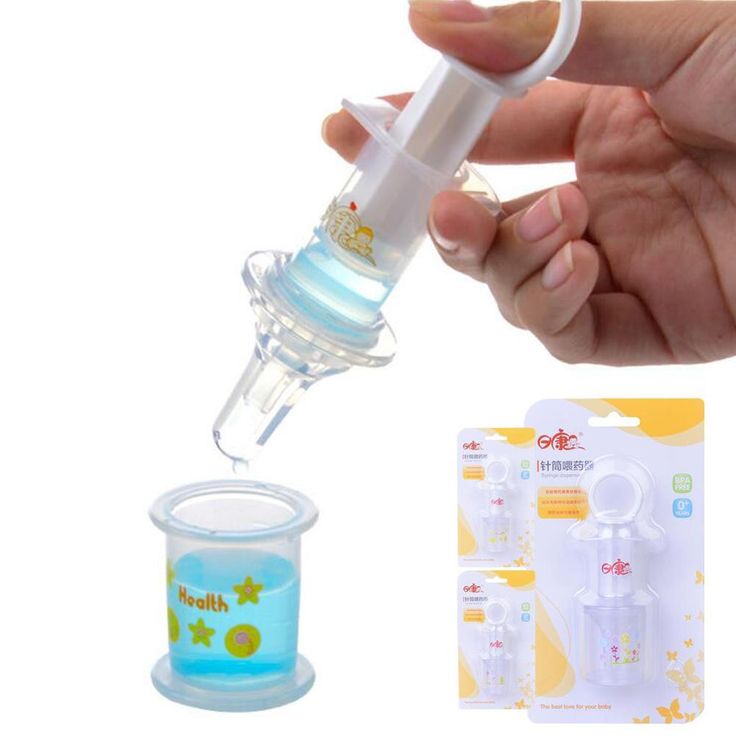 She may struggle a little at this restriction!
She may struggle a little at this restriction! - Place my ring finger and little finger against her right side with her right arm held beside her so she cannot scratch herself or me, or pull the syringe away.
You can also use a tea towel or some other cloth around her back legs to help prevent scratches.
Placing The Syringe And Feeding
Then, once you’re sure she is gently but firmly held in place you can begin to position the syringe. This is the dangerous and delicate part of the process. Extreme care must be taken to avoid gum or mouth trauma and/or ingestion of the syringe end.
Carefully place the end of the syringe in the corner of your bearded dragons mouth and gently rotate back and forth to help slide it in. Some people like to begin the syringing process from here and there’s nothing inherently wrong with this. For my girl though, I found she responded better if I moved the syringe slowly and gently towards her nose. In this position (on the right hand side of her face pretty much underneath her right nostril) she generally opened her mouth and lapped the syringe drops as I was placing them.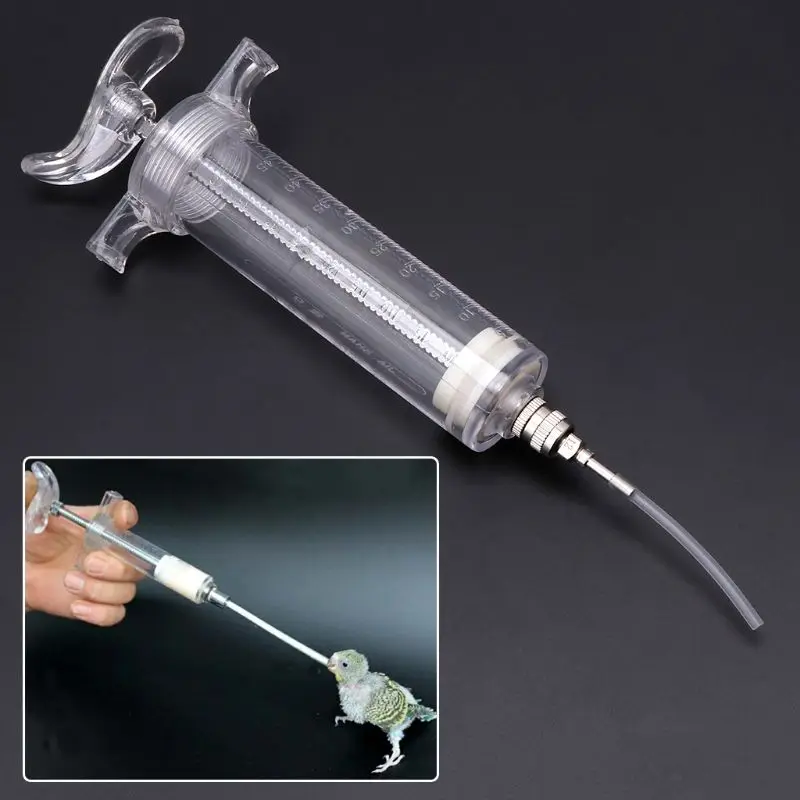
If you can push the contents of the syringe into your bearded dragons open mouth as they lap it with their tongue, then there is a much reduced chance of aspiration. If you can place the tip of the syringe just outside the range of their teeth whilst allowing any droplets to fall onto their tongue then you’ve pretty much mastered the art of syringe feeding a bearded dragon.
Our beautiful old girl who had to be syringe fed due to medical reasonsRIP Ruby you Gorgeous Girl
As you can see from the video clip above, some bearded dragons take to syringe feeding quite well and don’t require ‘force feeding’ in that way. Ruby was our beautiful old girl who could no longer digest solid food due to follicular stasis that couldn’t be operated on.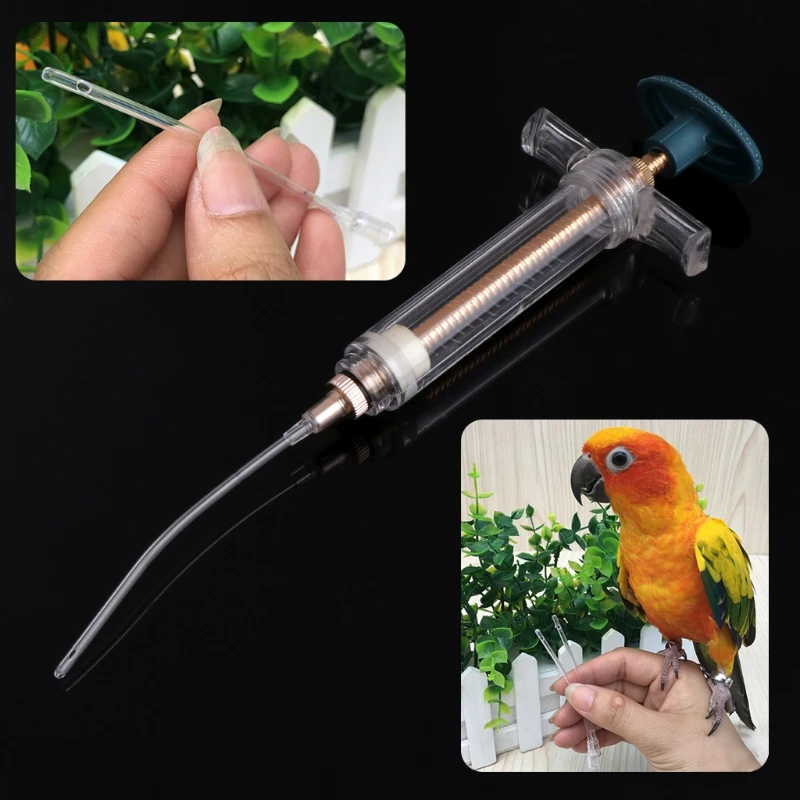 We nursed her for as long as she wasn’t in pain and could still be fed this way. She lived an extra four or five months with us, enjoying her excursions into the garden and playing with us, even though she couldn’t eat insects or vegetables any more.
We nursed her for as long as she wasn’t in pain and could still be fed this way. She lived an extra four or five months with us, enjoying her excursions into the garden and playing with us, even though she couldn’t eat insects or vegetables any more.
You’ll notice she doesn’t need holding or the syringe to be placed in her mouth. Dropping the syringe food on her nose was enough to get her started to lap it off. If you’re patient, calm and persevere you may well be able to get to the same place.
What Should I Syringe Feed A Bearded Dragon?
Your vet will advise you what you need to be giving to your bearded dragon to help them during this time. But some things that may need to be given by syringe are;
- Worming medicine ( Ivermectin or similar ).
- Rehydration therapy, such as water and Reptoboost.
- Vitamized ( Liquidized ) insects in a soup / mush.
- Repashy Beardie Buffet.
- Critical Care Herbivore.
Baby food should generally be avoided unless there is absolutely no alternative. Baby food may contain more sugar than is recommended for a bearded dragon and may have preservatives and colourings that are less than ideal – but that can depend a little on which country you’re in. In some cases your vet may recommend baby food because it is easy, convenient, cheap and the right sort of baby food can contain the nutrients required.
Baby food may contain more sugar than is recommended for a bearded dragon and may have preservatives and colourings that are less than ideal – but that can depend a little on which country you’re in. In some cases your vet may recommend baby food because it is easy, convenient, cheap and the right sort of baby food can contain the nutrients required.
Caution When Syringe Feeding A Bearded Dragon
Do not over feed them. Adding more feed content into their mouth before they have swallowed what they’ve already got significantly increases the risk of aspiration.
You must be very patient when syringe feeding a bearded dragon.
Your bearded dragon will likely try to fight against you – particularly in the early stages until he/she gets used to it. You’ll need to be firm but gentle to ensure she can’t move her head or legs too much.
Don’t try to force more in than he/she can accept. Too much feed in their mouth at once significantly increases the risk of her breathing it rather than swallowing it.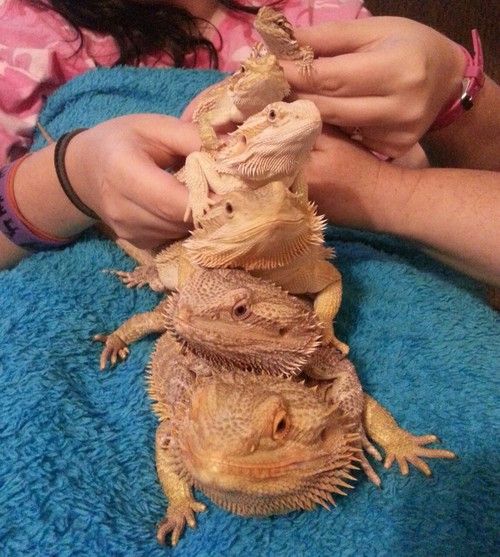
If you’re giving medicine (as opposed to feeding) it is worth practicing with water first. This is so that you can get used to the process before administering the medicine. If you don’t practice first you risk much of the dose ending up around your bearded dragon’s mouth or on the floor.
Use as small a syringe as you can as this will enable you to control the plunger most effectively and should reduce the risk of administering too much at one time.
Conclusion
Hopefully after reading this article you’re now aware that syringe feeding your bearded dragon is a last resort if there’s no other way and should only be done after a veterinary consultation.
But also, if you are sure you need to syringe feed your bearded dragon, then hopefully you’ve also got enough hints and tips on how to do it.
If you have any questions or comments, please do leave a comment below and we’ll do our best to help.
Remember, every bearded dragon is different – some are very receptive to medicine administration and/or syringe feeding and others are absolutely dead set against it and you’ll have a really hard time making it work.
Ask a question, get an answer ASAP!
How To Force Feed A Bearded Dragon
Is your bearded dragon refusing to eat?
Did your vet suggest force-feeding, but you’re not sure how to do it?
We hope you never have to, but it’s good to know how to force-feed a bearded dragon.
Force-feeding a bearded dragon boils down to using a syringe filled with fruit, veggie, worm, and supplement puree to insert the mix into the beardy’s throat. You should apply gentle but firm pressure to the sides of its mouth, 3 centimeters behind its ears to open the mouth.
Read on for more details and major health ideas.
Table of Contents
Steps To Force Feed A Bearded Dragon
In this section, we’ll quickly walk you through how to force-feed a bearded dragon.
Don’t do this unless you’ve talked to your vet first.
What You’ll Need
Here are the things you’ll need:
- Small syringe (no needle)
- Vegetables
- Fruit
- Mealworms
- Vitamin supplement
The syringe is needed to get the food inside the beardy’s throat.
It is recommended to mix up veggies, fruits, and mealworms.
Vegetables and fruits will give essential vitamins while a mealworm will just taste good and convince them to start eating again.
A vitamin supplement is essential for replacing lost nutrition while the reptile is sick or not eating.
#1 Create Your puree
Use equal parts of vegetables, fruits, mealworms, and a dose of a vitamin supplement and blend it all into a puree.
If needed, add a little bit of water to loosen it up.
Put the puree into the syringe and fill it up.
Fill the syringe up to 1 tablespoon with the puree.
#2 Force Open The Mouth
Now, it’s time to force open the bearded dragon’s mouth.
Take your thumb and forefinger and apply some pressure on both sides of the bearded dragon’s mouth.
Your goal is to aim for is around 3 centimeters behind the top of the nose.
As you apply pressure to the crease on the upper and lower jaw, the mouth of your pet should be opened.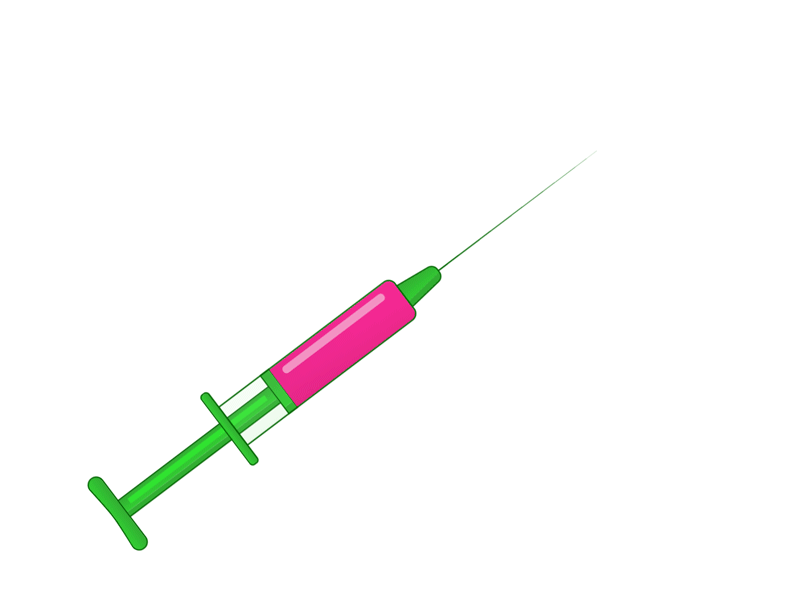
When you begin applying pressure, start with a firm but gentle one and then gradually increase the strength.
Don’t immediately apply a strong pressure, or you may injure your pet.
#3 Insert Syringe To Throat
As soon as you see the mouth open, insert the syringe into your pet’s mouth.
The beardy will begin forcing its mouth back closed quickly, so be prepared.
Gently force the syringe into the mouth up to the back of the bearded dragon’s throat.
Once the tip of the syringe is in place, move onto the next step.
#4 Slowly Depress Syringe
Slowly push the plunger on the syringe to insert your puree directly into the pet’s throat.
Do this bit by bit.
Going too fast could cause your pet to choke.
A good strategy is to press a little bit and then wait for the reptile to swallow.
When it swallows, then press a bit more at a time.
Do this until the whole tablespoon is gone.
Repeat as often as your vet suggests.
Note: Did your vet not tell you how often to do this?
Call back and see; there is no hard and fast rule for this situation, so you need to confirm with a medical professional.
Now you know how to force-feed a bearded dragon.
Is It OK To Force Feed A Bearded Dragon?
Yes and no.
Yes, force-feeding a bearded dragon is possible and OK, but only with veterinary approval!
Not asking your vet when your bearded dragon isn’t eating can cause significant problems in the long run.
Common side effects of force-feeding include:
- Raising stress
- Breaking bonds
- Building negative associations with food
- Injuring the throat
This is why a vet will provide many other options before suggesting this unless your pet is malnourished or ill.
If your beardie is at a healthy weight, don’t assume something dire is happening when they stop eating.
These pets are picky and stubborn sometimes.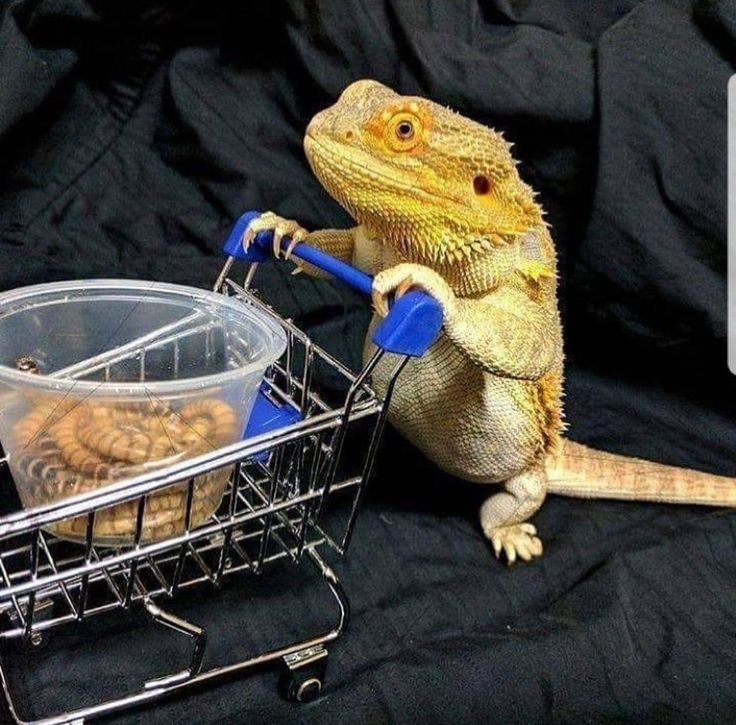
You’d be surprised how long a bearded dragon can go without eating.
Give some of the other options (see the section below) before attempting to force-feed.
Why Do I Have To Force Feed My Bearded Dragon?
There are two main reasons a vet will suggest you force feed your pet:
- An illness or severe malnourishment has made it so the pet needs more than it will typically eat.
- An injury or other stressful condition prevents the bearded dragon from currently eating its power.
When either of these conditions have been met, a vet will decide if force-feeding is needed.
Don’t take this decision on yourself, or you could be endangering your pet’s life.
Warning:
Do NOT force feed your pet only because it’s not eating.
There are other reasons a bearded dragon may not be eating, which aren’t so dangerous they require force-feeding.
Other Ways To Get Bearded Dragons To Eat
In this section, we’ll discuss some other ways to get bearded dragons to eat.
Test these first before going to force-feeding.
#1 Sneak In “Tasty” Foods
Bearded dragons are like kids.
While they can technically eat most fruits and veggies, they’ll pick their favorite “chicken nuggets” (in this case, mealworms and other high-fat insects) any time.
If your pet is refusing to eat their greens, sneak in the occasional mealworm while feeding.
Don’t overdo it, or they’ll get full on the worms.
Further reading: How many mealworms to feed bearded dragons
#2 Wait It Out
If this doesn’t work, you may just have to wait it out.
Beardies are picky, and they also are sensitive.
When there is a change to a diet or habitat, they can go for a long time, refusing to eat.
Keep offering food regularly and give it a week before you begin to panic.
#3 Feed From Your Hand
Sometimes a bearded dragon won’t naturally recognize the thing as food if it’s a new addition to the diet.
Using your hands to feed it may help it realize the new veggie is food and begin to eat it.
#4 Select Fresh Food
You may not realize it, but food and insects may be less-than-fresh while seeming good to you.
When the bearded dragon smells it, something may tell the reptile to hold off on eating it.
Getting a new batch of fresh food and feeding this to your bearded dragon is ideal.
Conclusion
Now you know how to force-feed a bearded dragon — knowing how to do this when a vet tells you it is time may be needed to save your reptile’s life.
Be sure only to do this when under the instructions of a veterinarian, keep all materials ready, and don’t squeeze the beardy’s mouth too hard when opening.
Do this, and you’ll get through, OK.
Keeping and Feeding Bearded Dragons
- Keeping Bearded Dragons
- Feeding Bearded Dragons
The Bearded Dragon is a stunningly beautiful reptile that is great for keeping in a city apartment, good contact with people and can become a real pet.
In the wild, these lizards live in the deserts of Australia. Almost all agamas that can now be bought are bred in captivity. The average life span of bearded dragons in captivity is 10-15 years.
Keeping a bearded dragon
Before you bring your dragon home, prepare a place for it. Of course, like any reptile, dragons are cold-blooded animals, so they should be kept in a terrarium. For agamas, it is better to purchase a horizontal glass terrarium, the optimal size is 180 cm wide, 50 deep and 50 high. The terrarium must be closed with a lid so that the lizard does not escape.
Since bearded dragons are hermits, they need a humidity level of 30-40%. The temperature in the terrarium should be at the level of 26-29gr. C, temperature under the heating lamp 36-38gr. C. For this, you can use incandescent lamps or ceramic lamps, you need to hang them at a distance of 45 cm from the place of heating, so that the agama cannot get burned. To monitor the temperature, you need to attach a thermometer to the wall of the terrarium, and you can also use a thermostat.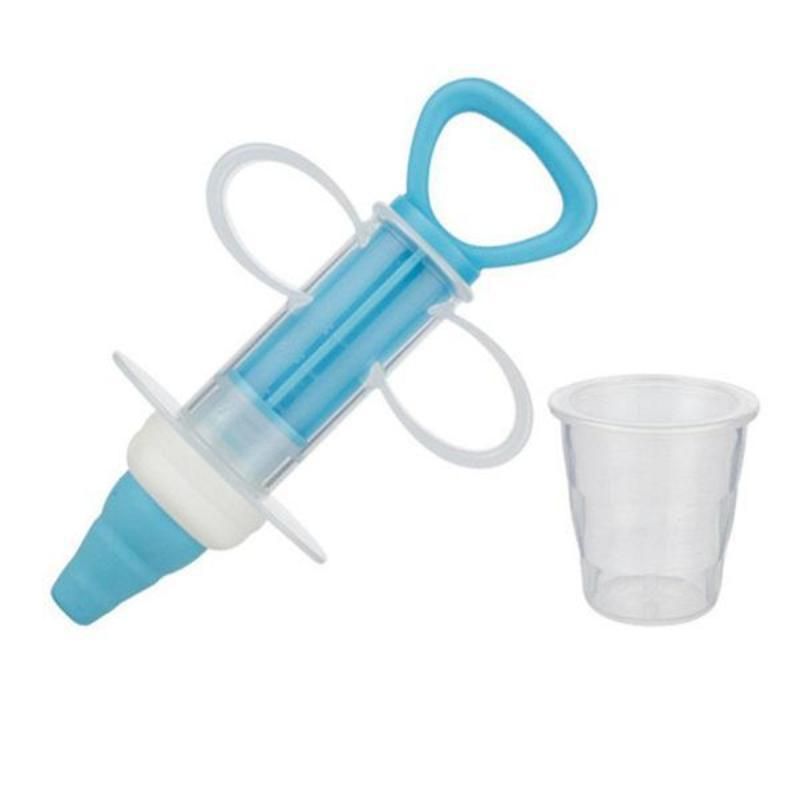
An ultraviolet lamp must be lit along with the heating lamp throughout the day. Reptiles require UV A and B spectrum lamps. These lamps are available from terrarium and aquarium stores. Day mode: 14 hours - daylight hours, 10 hours - night time.
Sand and pebbles at least 10 mm in diameter are most often used as soil. Sand is poured in a layer of 10 cm, so that, if desired, the lizard can burrow into the ground. There are also ready-made terrarium mats that are sold in pet stores (not rubber mats).
The terrarium should be equipped with branches (no bark), rocks (from the pet store) and a shelter where the dragon can hide if desired. It is better not to put artificial and live plants in the terrarium, as the agama will eat them.
To improve life processes (prevention of diseases, help with molting), the agama can be bathed in a small bath, so that the head is always on top, with a water temperature of 29-32 gr. C. This procedure should be done 1-2 times a week.
General cleaning in the terrarium is enough to carry out once a month (wash the entire terrarium, equipment, change or clean the soil). Food and faeces should be removed as soon as they appear.
Bearded dragon feeding
In the terrarium, you can put a container with water to maintain the optimal level of humidity, a drinker, but not all lizards drink from it. You can spray the agama once a day, and she will lick the droplets from her body, or give moistened greens.
Bearded dragons are omnivorous lizards. In nature, they eat everything from leaves and stems to small mice and chicks. Therefore, at home, it is quite easy for them to choose the right diet.
For plant food, leafy vegetables (Chinese cabbage, lettuce, spinach), vegetables (carrots, green beans, peas, peppers, tomatoes, zucchini, eggplant), fruits (pitted apples, bananas, grapes in small quantities) are suitable for them. , juicy green food (dandelion, clover, wheat leaves, germinated oats).
Mealworm, zoophobus, crickets, cockroaches and newborn mice are suitable for animal food. All these "products" can be bought at the pet store. For feeding worms, you need a bowl with high edges so that they cannot crawl out and burrow into the ground. It is better to feed crickets and cockroaches in a separate small terrarium or a plastic jig, a basin is not suitable for this, as crickets can jump out. You can also feed insects with tweezers. You just need to do it carefully so that the agama does not bite on the tweezers themselves, otherwise it can break its face.
Ready-made food for lizards and vitamin-mineral complexes for reptiles can be added to these feeds as top dressing. In Russia, such drugs as Reptilife (Agrovetzashchita), Reptolife (Tetra), Wordley (Calcium and Multivitamin) are common.
Young bearded dragons (up to 5 months old) should be fed 3 times a day so that animal food makes up more than half, and vegetable food less. "Teenagers" can be fed once a day, adult agamas (after 18 months) should be fed every other day so that they have less than half of animal food, and more vegetable food.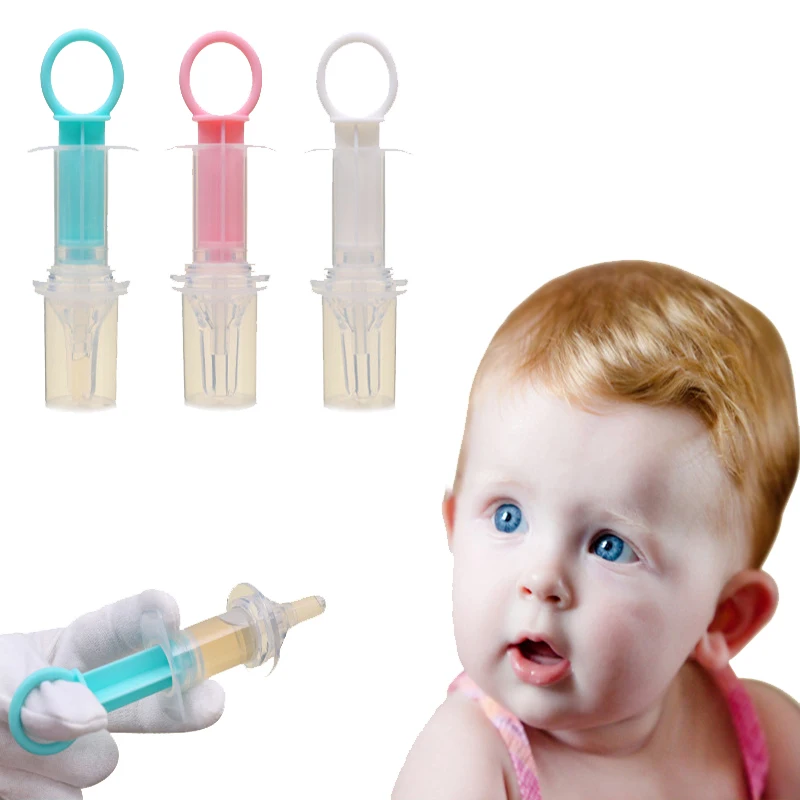
Bearded dragon - description, care, feeding, maintenance and breeding at home
Bearded dragon is an obedient and easy-to-care pet. These lizards have been kept at home for over 30 years. The natural color is dominated by yellowish, gray or brown tones. The color may change depending on the temperature and condition of the animal. Now you can buy a variety of bred morphs, which makes this species attractive for both beginners and advanced amateurs.
The size of an adult can reach 40-60 cm. The body has a flattened ellipsoidal shape. On the body, mainly on the sides, there are scales in the form of prickly spikes. The head has a triangular shape and is framed by spines.
The lizard lives in arid deserts and semi-deserts of Australia. Leads an active daily life on the ground, sometimes climbing onto stones and branches of low trees. He uses burrows of other animals, piles of stones, crevices at the roots of trees and bushes as shelters.
A 90 x 45 x 45 cm terrarium is suitable for an adult, while a smaller 60 x 45 x 30 cm terrarium can be used for young dragons. when the animal reaches 1 year.
when the animal reaches 1 year.
Temperature is the most important parameter for keeping a bearded dragon at home. Only with the right temperature regime the animal will be able to fully digest food, develop and grow normally. The lizard's metabolism depends entirely on the correct temperature gradient, which is created by special lamps.
During the day the temperature should be 25-30 °C in the "cool zone" and 38-50 °C in the warm zone "under the sun".
For heating, a powerful directional heat and light lamp is installed, which is recommended for use in a luminaire with a bracket. You can raise and lower the lamp depending on what temperature is required in the terrarium.
Night temperatures can drop to 22°C.
Supplementary heating - eg heat cable, terrarium thermomat, ceramic heater, infrared lamps - may be required if the temperature falls below the recommended range.
Use Desert Sand or Stone Desert as a substrate. It is necessary to install strong snags, stones on which it is convenient for animals to climb, shelters and a small drinking bowl with water in the terrarium.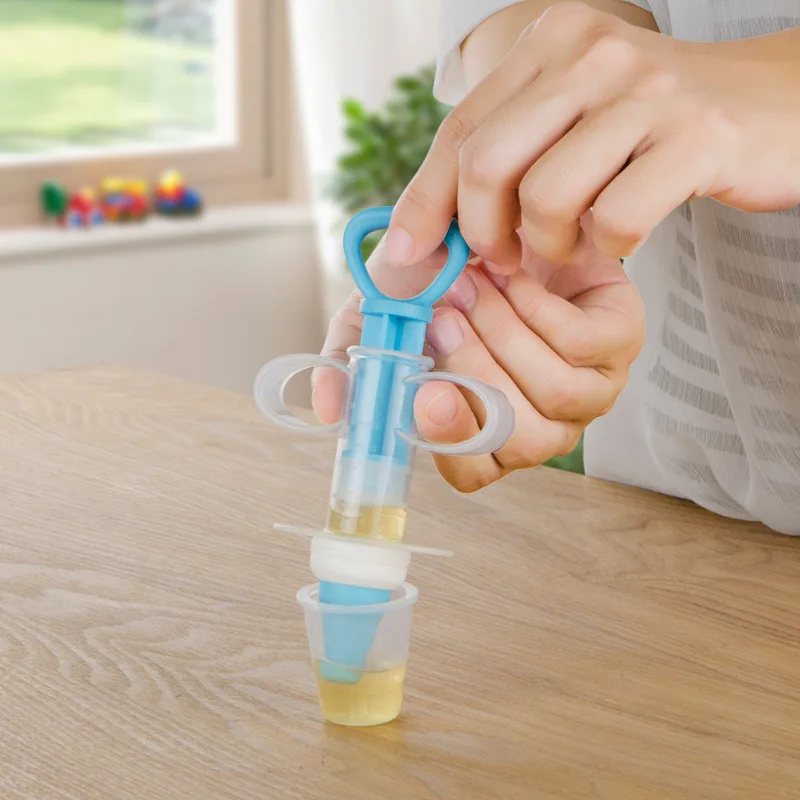
For lighting, the terrarium is equipped with several daylight lamps (Natural Light and Reptile Vision) and lamps with strong UV radiation (UVB150-200).
Daylight hours for the bearded dragon is 12-14 hours.
Terrarium humidity not supported. Caring for a bearded dragon consists of bathing. A lizard under the age of 3 months should be bathed once a week in a basin with water at 30 ° C, 2-3 cm deep. From 3-6 months, you can bathe once every 2 weeks. From 6-12 months, 1 time per month is enough.
Only use the terrarium with a proven ventilation system that promotes good air exchange and prevents the windows from fogging up.
Bearded dragons have a diet of insects, greens, vegetables and fruits. The diet of an animal up to a year old should consist of 70% insects and 30% plant foods. As the lizards get older, the ratio should change to about 70% plant foods and 30% insects.
Approximate feeding schedule
1-6 months - ~10 crickets every day.
6-12 months - every other day ~10 crickets or 1-3 locusts.
12 months and older - 2-3 times a week for ~10 crickets or 5-8 locusts.
The numbers of insects given are approximate and may not correspond to the needs of a particular animal. Focus on your pet's appetite. You can also use frozen insects or special Ress food as food.
Before feeding insects, it is necessary to pollinate with calcium and vitamins. Plant foods can be offered every day. You can feed all kinds of salads, various vegetables and fruits.
Avoid any type of cabbage, tomatoes, citrus fruits and other acidic vegetables, fruits and berries.
In summer you can give dandelions, clover, knotweed, other weeds. Feed the animal in the morning and afternoon hours, but not at night. Animals under one year old should not be limited in feeding.
The Bearded Dragon should always have access to fresh drinking water.
Bearded dragons become sexually mature, ready for breeding by two years of age. This is an oviparous species. After mating, after 45-65 days, females lay eggs. To do this, they need to dig a hole with a depth of at least 40 cm. The number of eggs in a clutch is from 9up to 25 pieces. After 55-90 days, babies hatch from the eggs.
This is an oviparous species. After mating, after 45-65 days, females lay eggs. To do this, they need to dig a hole with a depth of at least 40 cm. The number of eggs in a clutch is from 9up to 25 pieces. After 55-90 days, babies hatch from the eggs.
With proper maintenance and care in your home, the bearded dragon will live up to 12-14 years.
Bearded dragons are very territorial, so males should never be placed together. These lizards should be kept singly or in groups where there is a male and several females.
Like any other animal, the bearded dragon can get sick. Of course, if all the rules are followed, the risk of disease is minimized. If you suspect any disease, call our store and we will advise you.
Signs of illness:
- lethargy,
- lack of appetite for a long time,
- problematic molt.
Bearded dragons get used to human contact very quickly. When the animal understands that there is no danger, it ceases to be afraid and will come out on its own. For the purpose of taming, it is necessary to feed the agama from your hands, take it out of the terrarium for some time and hold it in your hands, stroke it on the back. If she does not experience stress outside the terrarium, you can let her walk around the room, after closing the windows and locking other pets in separate rooms. The lizard should be outside the terrarium only under supervision.
For the purpose of taming, it is necessary to feed the agama from your hands, take it out of the terrarium for some time and hold it in your hands, stroke it on the back. If she does not experience stress outside the terrarium, you can let her walk around the room, after closing the windows and locking other pets in separate rooms. The lizard should be outside the terrarium only under supervision.
On our site there are many photos of bearded dragons, as well as a video, after watching which you will get acquainted with the habits of a reptile.
Panteric only supplies healthy animals. Our consultants help with the choice of everything you need for terrarium equipment, answer all your questions, and give important tips on care and breeding. For the time of departure, you can leave your pet in our hotel, which will be monitored by experienced veterinarians.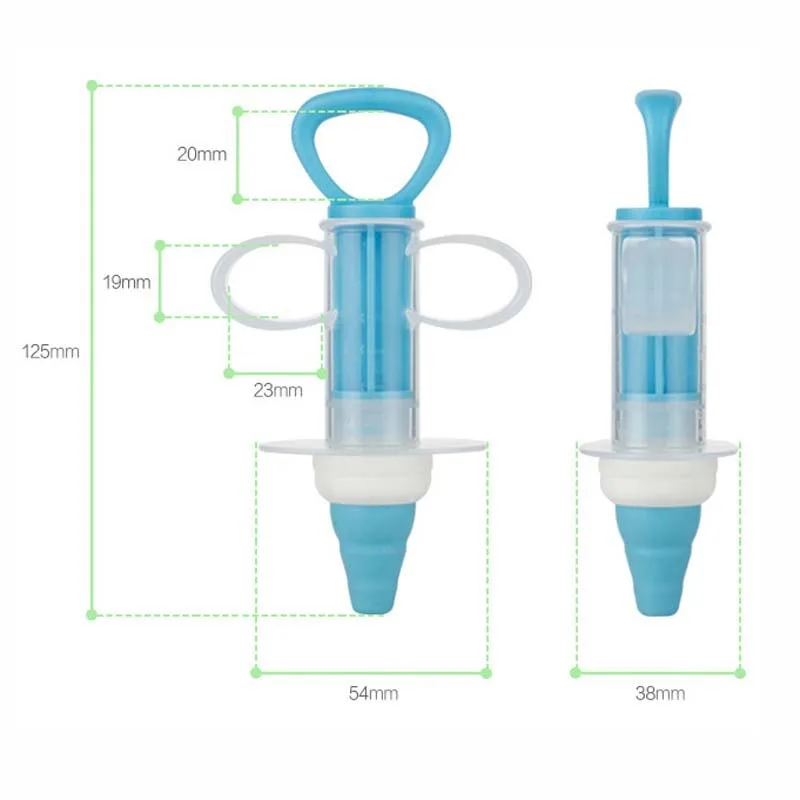
See also
Toki gecko: maintenance and care at home
05/26/22
9697
Author: 5
How to create suitable conditions for the Toki gecko? Let's talk about the terrarium, its content, diet and rules for maintaining health.
Helm-bearing Basilisk: maintenance and care at home
04/05/22
7553
Author: 3
We will tell you how to maintain the health of the Helm-bearing Basilisk, how and what to feed it properly, and also give tips on caring for a lizard at home.
Bird-eater: maintenance and care at home
16.02.23
129
Author: 4
The tarantula got its name from the images of the German artist Maria Sibilla Merian. During her stay in South America, she captured a large spider that attacked a hummingbird.








